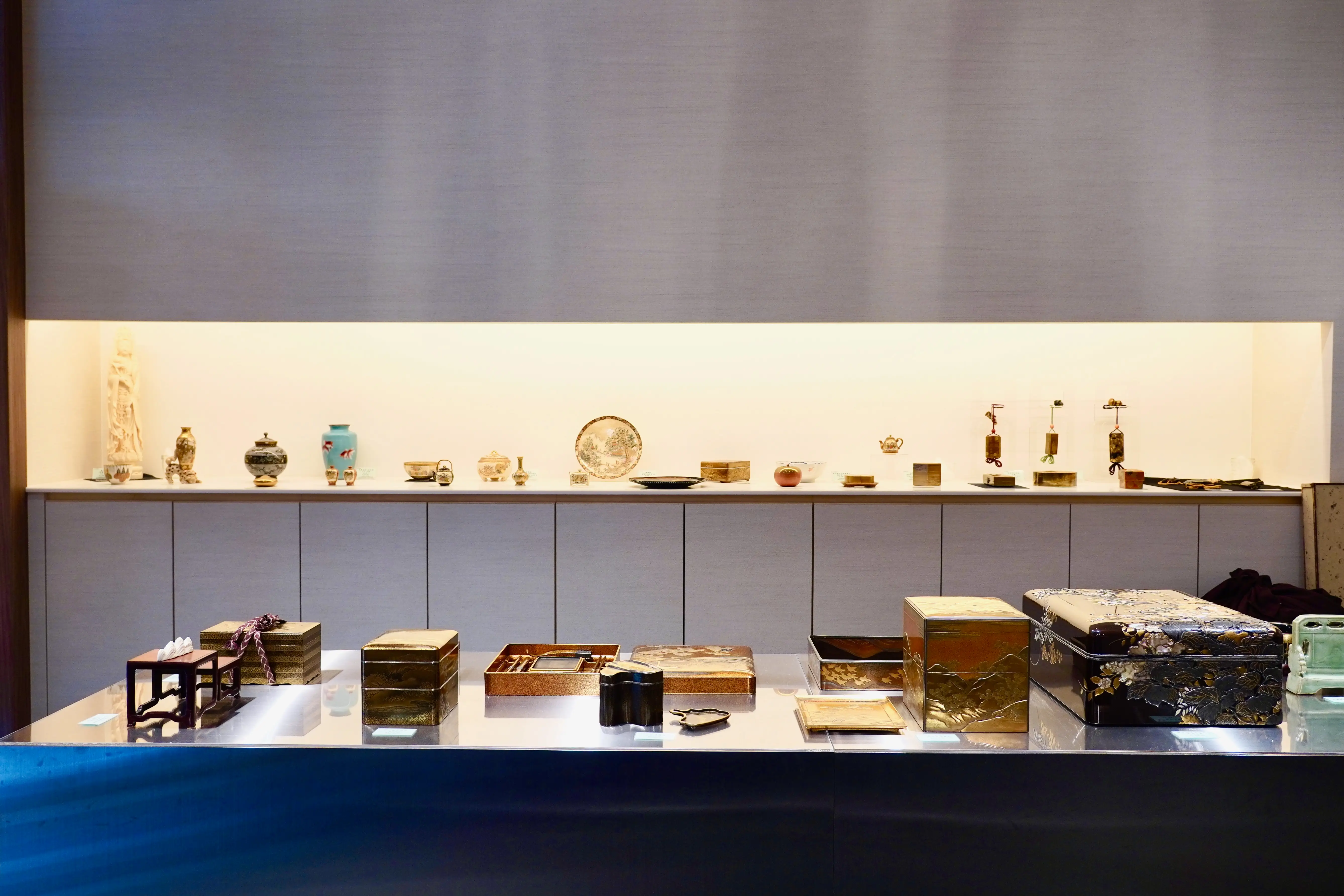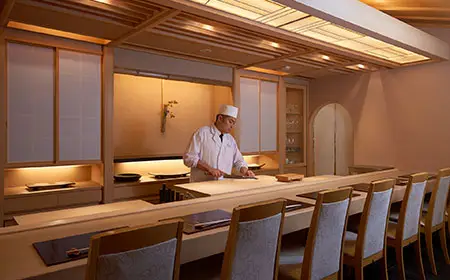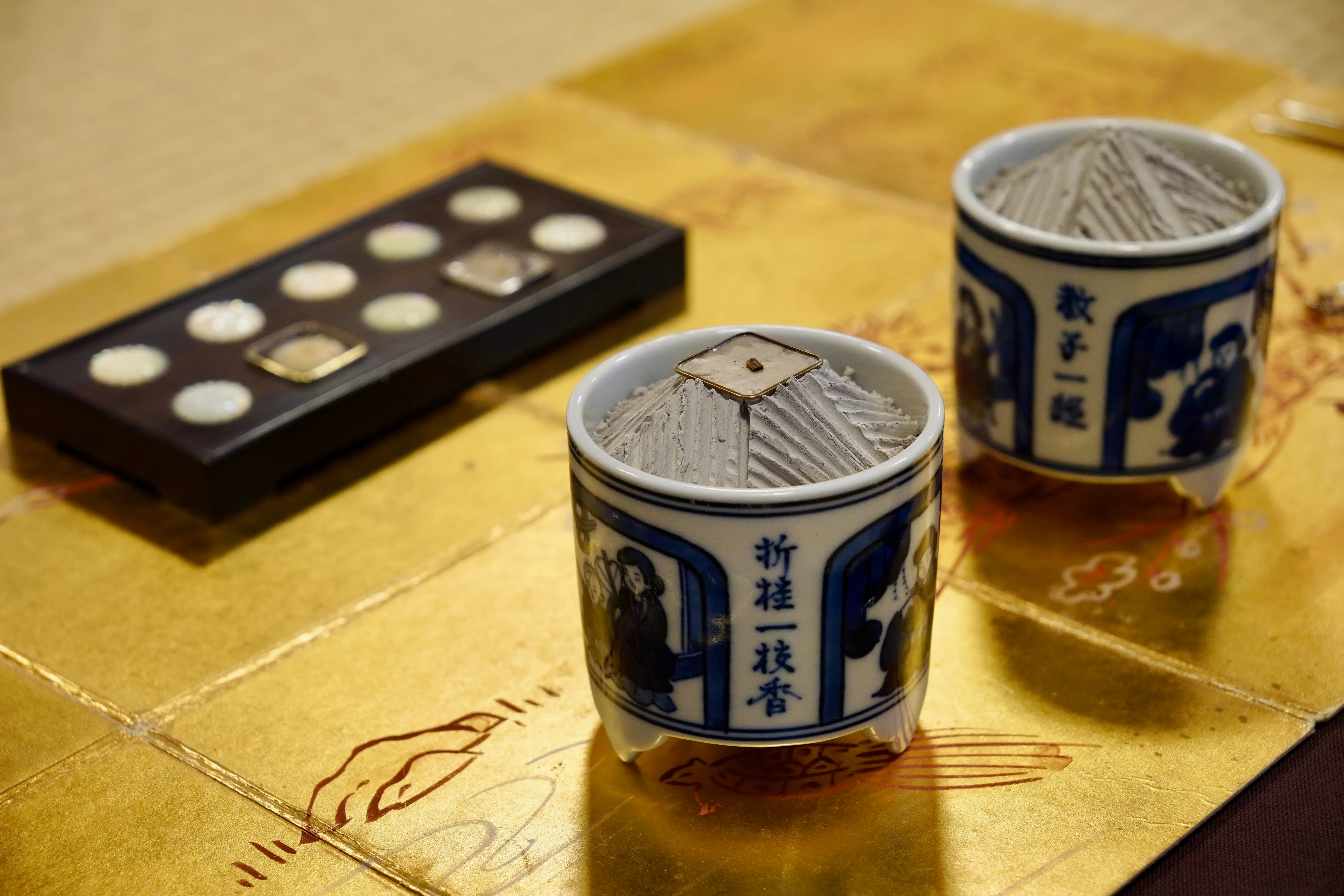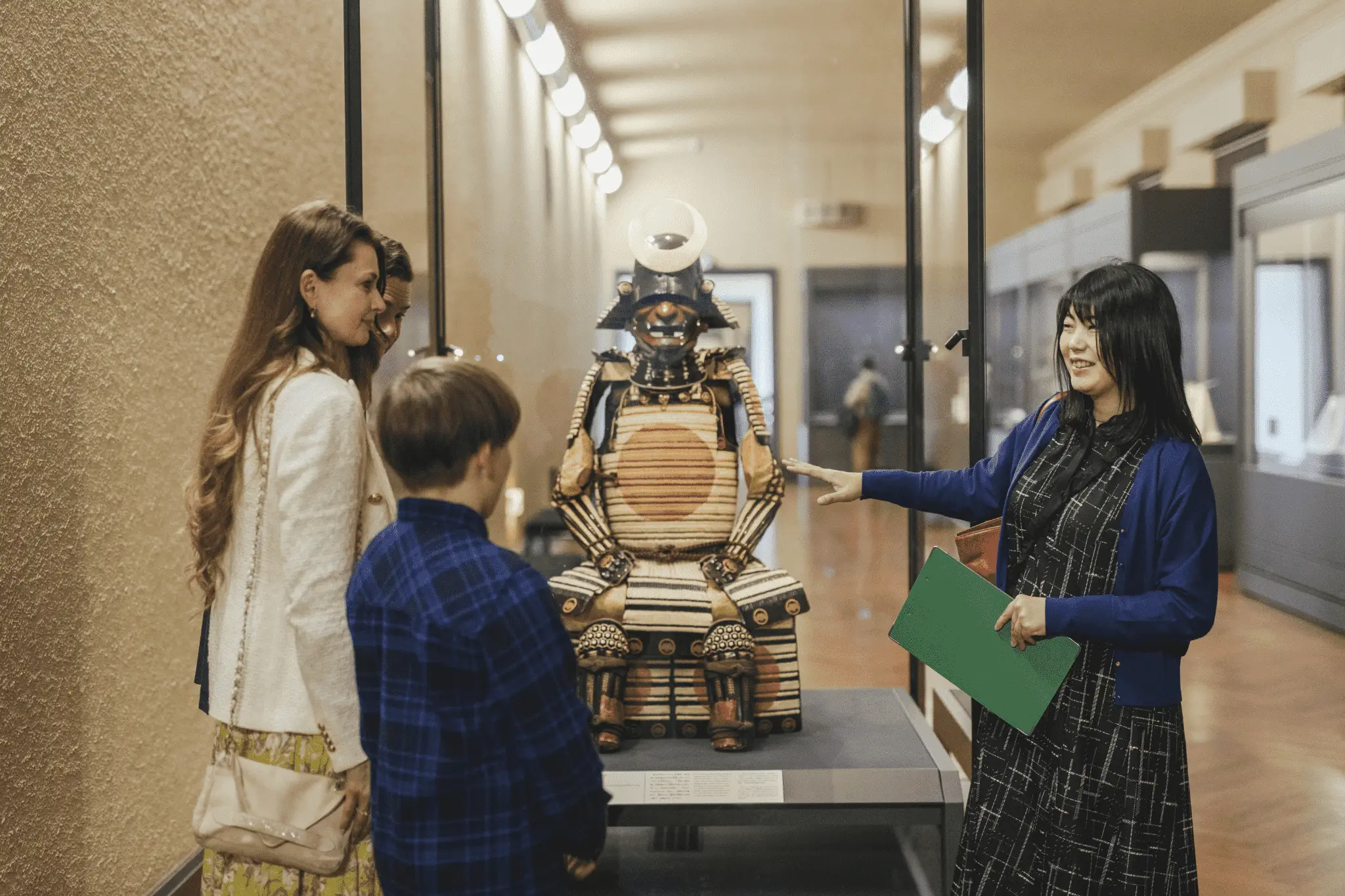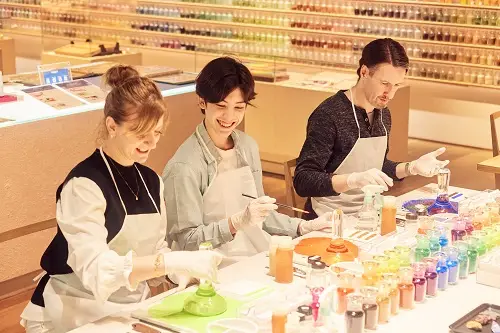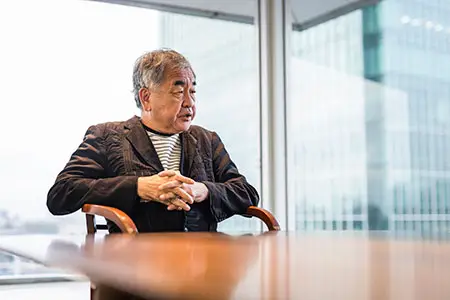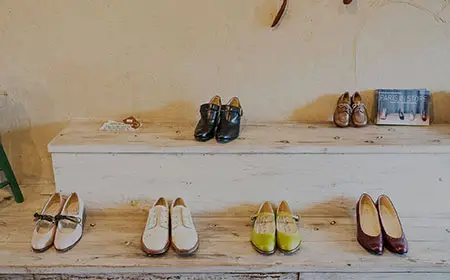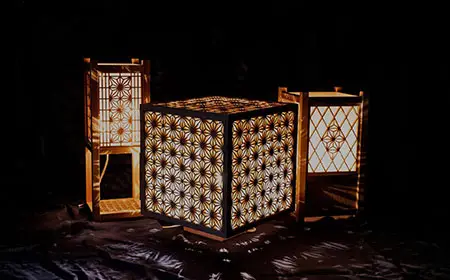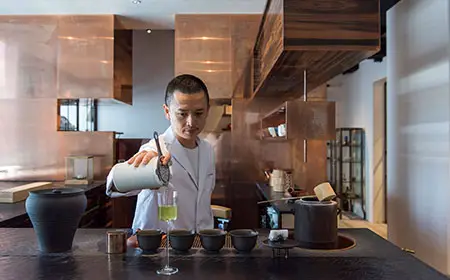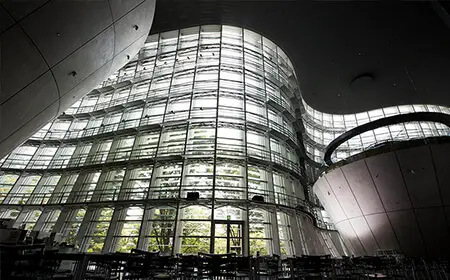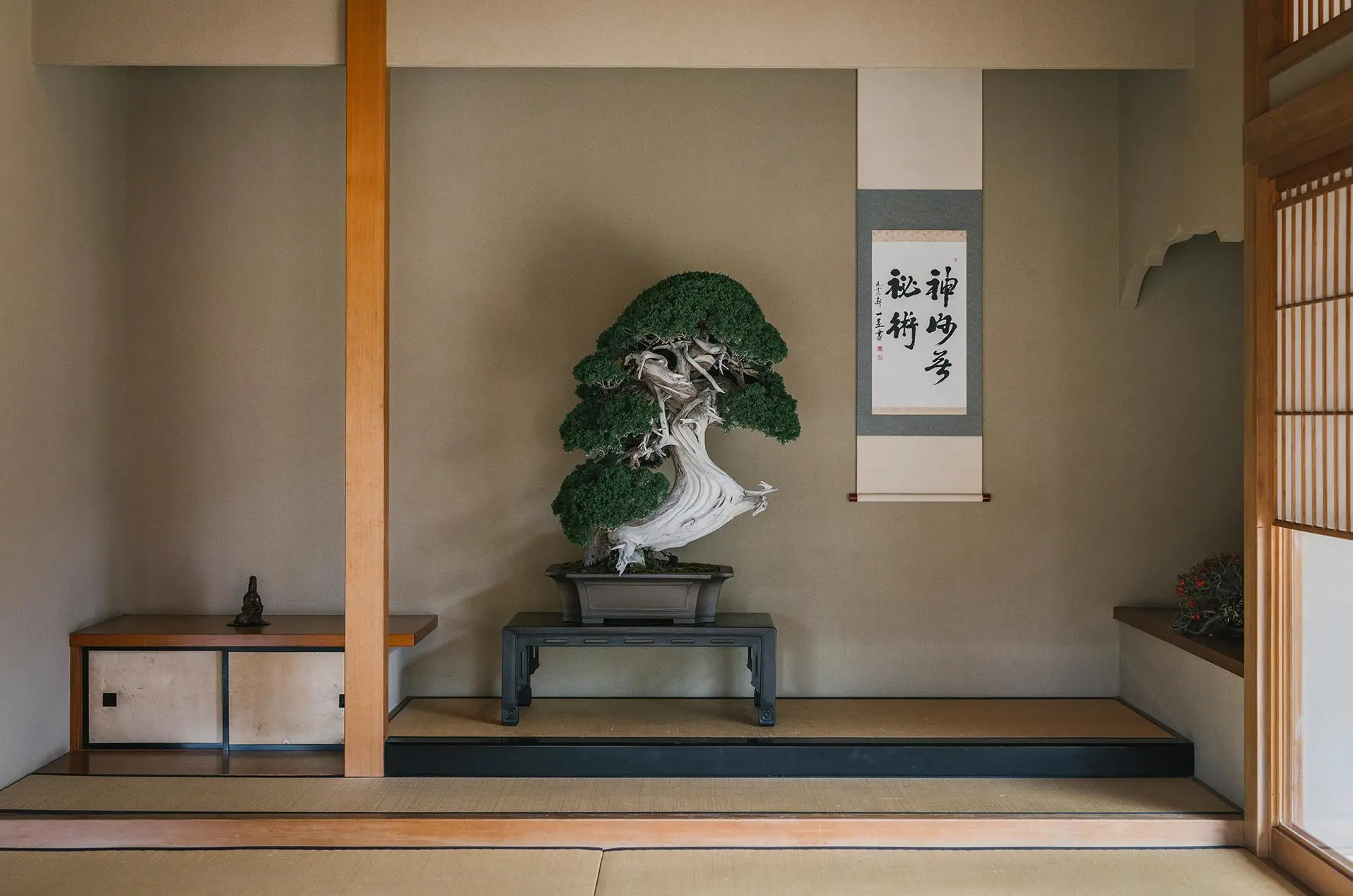
APPRECIATING NATURE, THE JAPANESE WAY
In the art of bonsai, little pots hold fascinating miniature worlds encapsulating many of Japan’s ancient aesthetic ideals and philosophies. Meet an acclaimed bonsai master in Tokyo, and discover a new way to appreciate nature and Japanese culture through his timeless works of living art.
When exploring traditional Japanese aesthetics, one will find that a significant theme is the well-known love and respect for nature. From poetry to architecture, it shows in most aspects of Japanese culture and is embedded in the way of life. Although traditional artists of all genres have looked to nature for inspiration when pursuing aesthetic perfection, perhaps this is most prominent in the world of bonsai.


Kunio Kobayashi is a world-famous bonsai master and a recipient of four Prime Minister’s Awards and numerous other accolades. His work—which often features dead wood on a living bonsai to express nature’s beauty and create a dramatic intertwine of life and death—is admired worldwide and sells for up to 100 million yen (or about 1 million USD). He has dedicated nearly 50 years as an artist and teacher, passing on the tradition to hundreds of apprentices and international students. To spread the beauty of Japanese bonsai, Kobayashi also runs the Shunkaen Bonsai Museum located in East Tokyo, where the artist and his staff can be seen watering and tending the large and old to very small bonsai trees at certain times. Walk with Kobayashi outdoors through the garden and inside 15 traditional rooms where over 1,000 trees are on display, including the most famous within the collection that is estimated to be nearly 1,000 years old. As he guides you to discover the character, harmony, and elegance in each, enthusiasts will be enlightened by his skills and profound knowledge, while his philosophy and masterpieces will inspire those less familiar. Here you can learn from his life’s dedication to nature through hands-on lessons of molding a tree or by seeing bonsai artists at work and what it takes to fully care for them. Immerse yourself in this beautiful living form of art for a new appreciation of nature and Japanese culture.








